Blocked Tear Duct (DCR)
The normal tear film is a critical part of normal visual function. Tears keep our eyes lubricated and the surface of the cornea smooth. This allows us to see clearly. Without adequate tear film, dry eye syndrome occurs which can compromise vision. If there is any disturbance to the normal tear film, patients may experience excess watering of the eye(s), burning, itching, irritation and blurred vision.
There are 3 main reasons for tearing: 1) Excess tear production 2) Improper flow of tears 3) Inadequate drainage of tears. This section will focus on the inadequate drainage of tears (blocked tear ducts).
FAQs
What Causes a Blocked Tear Duct?
Aging, trauma, systemic inflammatory conditions, medication, tumors, and radiation all have been known to causes obstruction of the tear ducts. Symptoms range from frequent watering, discharge, swelling, pain or infection of the tear duct. These signs and symptoms may occur from a blockage or narrowing of any part of the system. These signs and symptoms may result from the tear drainage system becoming obstructed at any point from the puncta to the nasal cavity. Patients are frequently bothered by having to wipe or blot tears from their eye or face throughout the day. Many times people think that they are crying when they are not. Vision may be blurred due to excess tears on the surface of the eye (like looking under water).
How is a Blocked Tear Duct Treated?
A consultation with an oculoplastic surgeon can determine the cause of tearing and the best course of action. For mild cases, conservative measures are tried first such as warm compresses, eye drops and sometimes antibiotics. In more severe cases, surgery is sometimes recommended to bypass the blockage to allow for normal flow of tears (dacryocystorhinostomy or DCR). In a small number of cases an artificial tear drain called a Jones Tube is placed.
DCR surgery is performed as an outpatient procedure under local anesthesia with sedation. Patients usually have some bruising and swelling on the side of the nose that subsides in one to two weeks. In general, surgery has a greater than 90% success rate of eliminating tearing once recovery is complete.

